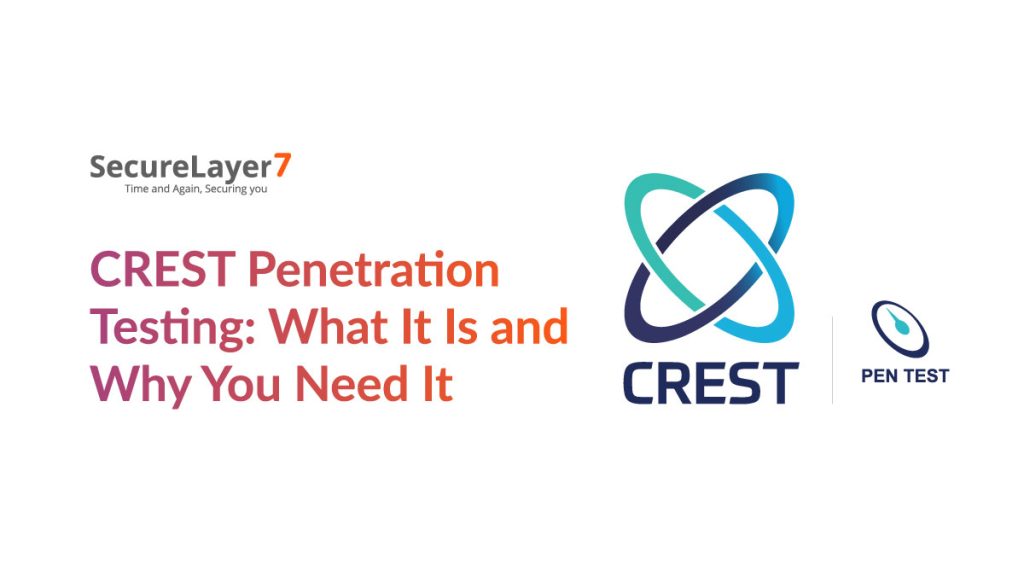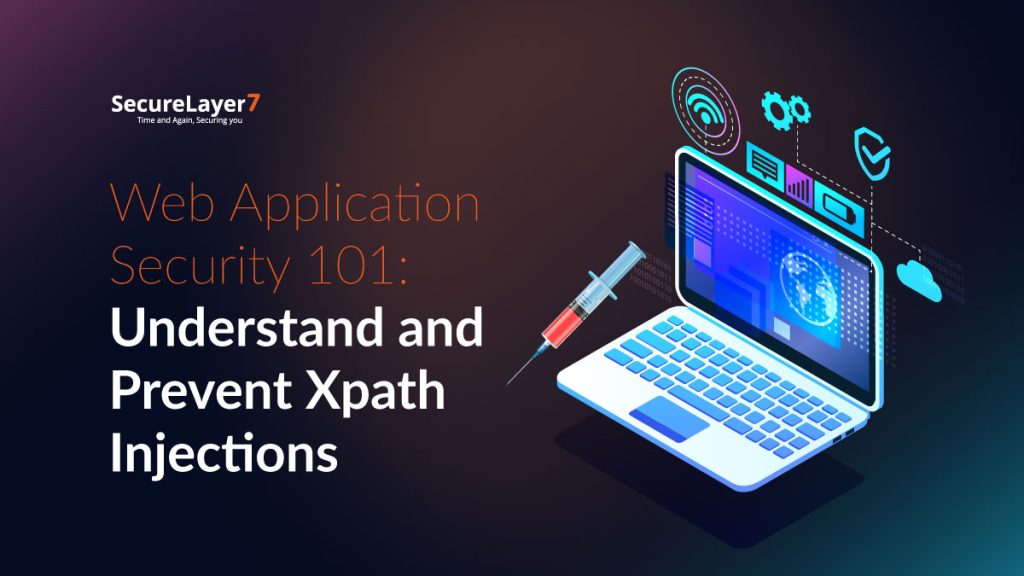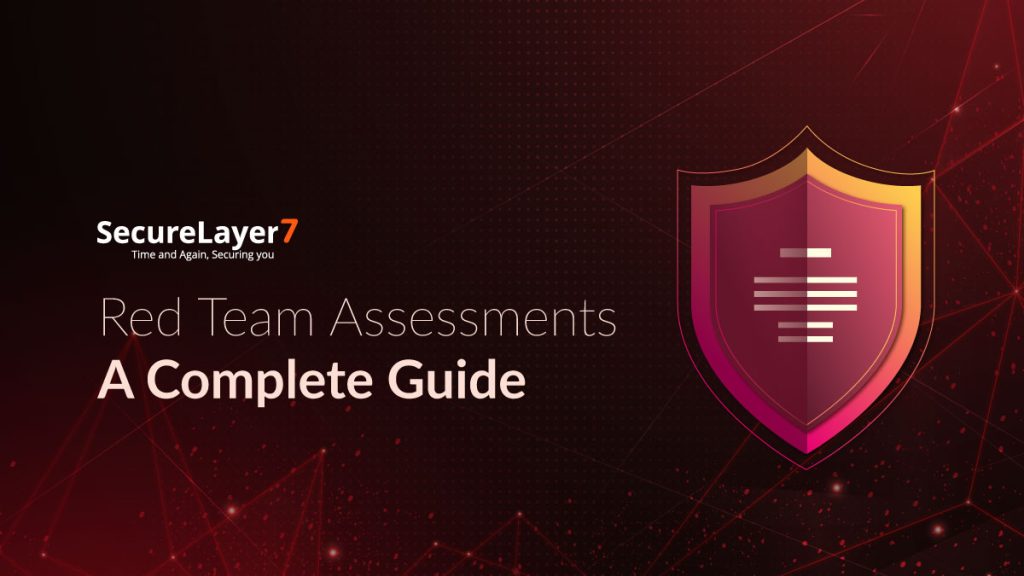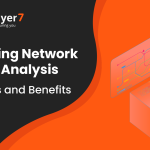
Decoding Network Traffic Analysis: Features and Benefits
March 11, 2024
CVE-2024–23897 – Arbitrary file read in Jenkins
March 11, 2024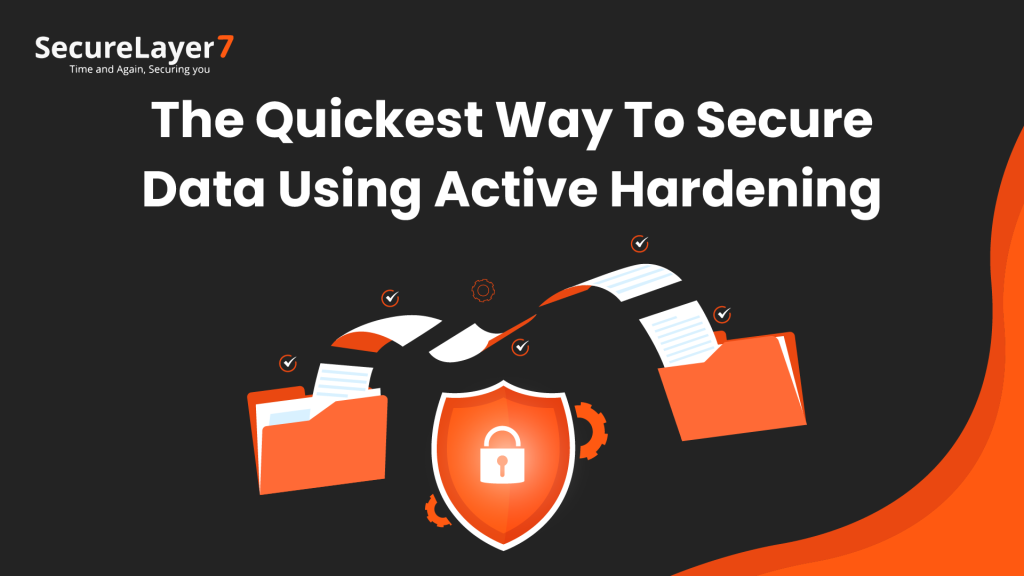
Did you know that there are 2,200 cyberattacks per day?
In today’s world, it is impossible to guarantee the security of any IT infrastructure. You must have used countless strategies for safeguarding your data. But today we’re going to talk about an influential approach: active directory hardening.
Active directory hardening is the process of preventing tools from being used. It keeps your network secure and protected without using excessive IT resources. You can eliminate the means of attack by strengthening the directory service and reducing the risk of data breaches.
Just like real-world homes need strong locks, our digital infrastructure could use some reinforcement too. By strengthening the Active Directory, we can protect user data and sensitive information.
In this blog, we are going to discuss the key principles of active directory hardening and how IT businesses can leverage different strategies to lock in their active directory hardening techniques.
Understanding active hardening
Active directory hardening is a proactive approach to data security that involves continuous monitoring, identifying, and mitigating potential vulnerabilities and threats in real-time. While passive hardening measures like firewalls and antivirus software provide essential layers of defense, they mainly focus on reacting to known threats.
Statistics show that an alarming 47% of mobile anti-malware apps can’t successfully detect serious threats.
It emphasizes the need for tighter security options. Active hardening, on the other hand, actively seeks potential vulnerabilities and implements measures to tackle them before they manifest.
The main components that keep Active Directory Hardening effective and powerful include the following:
- Continuous Monitoring: Active hardening requires real-time monitoring of systems and networks to detect any unusual activities or potential security breaches promptly.
- Proactive Patch Management: Regular updates and patching of software and systems help mitigate known vulnerabilities and strengthen security.
- Dynamic Access Controls: Implementing granular access controls and privilege management ensures that only authorized users can access sensitive data or critical systems.
- Threat Intelligence Integration: Threat intelligence sources enable organizations to stay informed about emerging threats and adjust security measures accordingly.
- Behavioral Analytics: Utilizing advanced analytics and machine learning algorithms can help identify anomalous behaviors indicative of potential security threats, allowing for swift intervention.
Benefits of Active Hardening
According to Accenture, 43% of cyber attacks are aimed at small businesses, but only 14% are prepared to defend themselves. No doubt, every company dreams of being in the latter group. The good news is that it’s possible to be prepared for every cyber threat with Active Directory Hardening. Here are some benefits that you can enjoy:
- Rapid Response to Emerging Threats:
One of the main benefits of active directory hardening is its ability to enable organizations to swiftly respond to emerging threats. Active monitoring of systems and networks in real-time can help security teams detect and mitigate vulnerabilities before they ruin the system. It minimizes the chances of successful cyberattacks and reduces the potential impact on business operations.
- Proactive Defense Mechanisms:
Active hardening goes beyond reactive security measures, as it actively seeks and tackles potential vulnerabilities before they can be exploited. By implementing this proactive approach, organizations can strengthen their defenses against evolving threats, stay a step ahead of cybercriminals, and minimize the risk of data breaches.
- Continuous Monitoring and Adaptation:
One of the key elements of active directory hardening is continuous monitoring and adaptation by leveraging advanced analytics and threat intelligence sources. Organizations can gain in-depth insights into emerging threats and trends, enabling them to adjust their security measures and respond to evolving cyber threats.
Continuous monitoring also helps organizations identify and manage security gaps in real-time, which ensures the integrity and confidentiality of sensitive data.
- Enhanced Compliance and Regulatory Compliance:
Several regulatory frameworks require organizations to implement solid security measures to safeguard sensitive data and reduce the risk of data breaches. Organizations can demonstrate their commitment to data security and regulatory compliance by implementing active hardening techniques and avoiding potential fines and penalties associated with non-compliance.
Key Principles of Active Directory Hardening
Active hardening was launched 20 years ago, and since then, it has been incorporated into various applications and systems. For all things, it is now emerging as a key cornerstone in the IT infrastructure, and as of 2024, over 81,879 companies will use Active Directory as an identity management tool.
Now, let us understand a few key principles of this new-age “directory shielding” method.
- Least Privilege Principle:
Embracing the “Least Privilege” principle means giving users and systems the minimum level of access needed to perform their tasks. This reduces the risk of unauthorized access and potential security breaches.
Essentially, “users are granted only the bare minimum permissions essential for their specific tasks.” For instance, tools like Microsoft’s Azure Active Directory (AAD) incorporate this principle by allowing administrators to assign the least amount of permissions necessary for users.
- Regular Password Policy Audits:
As per some recent statistics, 81% of all hacking incidents occur due to compromised credentials or passwords. Hackers often gain access to corporate networks using legitimate user or admin credentials, leading to security breaches and compliance failures.
For this reason, Active Directory establishes a password policy with specific guidelines. It enhances security by identifying weak passwords and observing organizational password policies. Well, tools like Specops Password Auditor also help organizations assess and audit their password policies, ensuring they align with businesses’ best practices.
- Secure Group Policy Implementation:
“Secure Group Policies” refers to the application of Group Policy Objects (GPOs) within Microsoft Active Directory environments. In simple words, group policies in Active Directory qualify executives to manage and execute security settings for users and computers.
Think of a company like XYZ Corp. using group policies in Active Directory to implement strong password requirements, ensuring robust cybersecurity. This means employees across the organization must stick to these specific password standards to protect sensitive data and mitigate cyber threats.
In the context of Microsoft’s active directory, it typically includes a range of settings like account lockout policies, firewall settings, encryption settings, and group membership controls. By applying these settings, you can gain control over access and defend against unauthorized activities.
Common Threats to Active Directory
As said by Sean Metcalf, founder of Trimarc Security:
“Active Directory is the backbone of an organization’s security infrastructure. Properly securing it is fundamental to mitigating a wide range of cyber threats.”
From formulated cyber attacks to accidental human errors, understanding these common threats is paramount for organizations seeking to fortify their AD infrastructure. It’s not about just securing data; it’s about securing the keys to the kingdom.
- Least Privilege Access
Least privilege access is a fundamental security principle that restricts user access rights to only the minimum level necessary to perform their job functions. It grants users only the permissions required to carry out specific tasks, which in turn helps organizations minimize the risk of unauthorized access and mitigate the potential impact of security breaches. Some ways to implement this principle include:
- Role-Based Access Control (RBAC)
RBAC is a widely adopted access control model that assigns permissions to users based on their roles within the organization. By defining roles and associating them with specific sets of permissions, organizations can ensure that users have access only to the resources and data necessary to fulfill their job responsibilities.
- Privilege Escalation Prevention
Preventing privilege escalation attacks is highly essential to maintaining least privilege access. Techniques like privilege separation, where different components of a system run with minimal privileges, can help mitigate the risk of unauthorized privilege escalation.
- Just-in-Time Privileged Access
Just-in-Time (JIT) privileged access provides users with temporarily elevated privileges for a limited duration, which allows them to perform specific tasks requiring elevated permissions. Once the task is completed, privileges are revoked automatically, reducing the exposure window and minimizing the risk of misuse.
- Continuous monitoring and auditing
Regularly monitoring user access patterns and auditing privilege assignments are essential for maintaining least privilege access. Automated tools and solutions can help identify unusual situations and unauthorized access attempts, enabling quick intervention and remediation.
2. Regular security audits
Regular security audits involve systematic assessments of an organization’s IT infrastructure, networks, and security controls to identify vulnerabilities, assess risks, and ensure compliance with security policies and regulations. These audits are conducted periodically to detect and manage security gaps before they can be misused. Here’s how organizations can regularly conduct security audits:
- Vulnerability Scanning
There are several automated vulnerability scanning tools used to identify weaknesses and potential security vulnerabilities within the organization’s systems and networks. These tools conduct comprehensive scans of network devices, servers, and applications, identifying known vulnerabilities and misconfigurations.
- Penetration Testing
Penetration testing, also known as ethical hacking, involves simulating real-world cyberattacks to assess the effectiveness of security controls and defenses. Penetration testers attempt to exploit vulnerabilities and gain unauthorized access to systems and data, providing valuable insights into areas that require improvement.
- Configuration Audits
Configuration audits involve reviewing the configuration settings of critical systems and applications to ensure they align with security best practices and industry standards. Auditors examine settings related to user authentication, access controls, encryption, and logging to identify misconfigurations and security weaknesses.
- Log Analysis
Analyzing security logs and event data generated by systems and applications can help identify suspicious activities and potential security incidents. Security information and event management (SIEM) solutions aggregate and correlate log data from various sources, which enables organizations to detect and respond to security threats in real-time.
- Compliance Assessments
Security audits also include assessments of regulatory compliance and adherence to industry standards such as ISO 27001, GDPR, HIPAA, and PCI DSS. Auditors evaluate the organization’s policies, procedures, and controls to ensure they meet the requirements specified by relevant regulatory bodies and standards organizations.
3. Multi-Factor Authentication (MFA)
Multi-factor authentication (MFA) is an authentication method that requires users to provide two or more verification factors to gain access to a system, application, or digital resource. These factors typically include something the user knows (such as a password), something they have (such as a smartphone or token), and something they are (such as biometric data). Organizations can include multi-factor authentication by implementing the following:
- Two-factor authentication (2FA)
Two-factor authentication requires users to provide two authentication factors to verify their identity. Common combinations include a password and a one-time passcode generated by a mobile authenticator app or sent via SMS.
- Biometric Authentication
Biometric authentication verifies users’ identities based on unique physical characteristics such as fingerprints, facial features, or retinal scans. Biometric data is collected and compared against stored templates to authenticate users securely.
- Hardware Tokens
Hardware tokens are physical devices that generate one-time passcodes or cryptographic keys for authentication purposes. These tokens are typically carried by users and provide an additional layer of security by requiring a physical device.
- Push Notifications
Push-based authentication sends a notification to users’ registered devices (such as smartphones or tablets) when they attempt to log in. Users can approve or deny the login attempt directly from the notification, adding an extra layer of verification.
- Adaptive Authentication
Adaptive authentication analyzes various factors like user behavior, location, and device characteristics to assess the risk associated with a login attempt. Based on the risk level, additional authentication factors may be required to verify the user’s identity.
4. Group Policy Security
Group Policy is a feature of the Microsoft Windows operating system that enables centralized management and configuration of user and computer settings. Group policy settings can be used to enforce security policies, control user access, and configure system behavior across an organization’s network.
- Password Policy Enforcement
Group Policy allows administrators to define and enforce password policies like password length, complexity requirements, expiration intervals, and account lockout settings. Configuring password policies through Group Policy promotes organizations to strengthen authentication mechanisms and mitigate the risk of unauthorized access.
- User rights assignment
Group Policy enables administrators to manage user rights and privileges on Windows-based systems. By assigning specific user rights, like the ability to log on locally, shut down the system, or manage user accounts, administrators can control access to critical system resources and limit the impact of security breaches.
- Security Settings Configuration
Group Policy provides granular control over security settings for Windows-based systems, applications, and services. Administrators can configure settings related to firewall rules, encryption algorithms, account policies, and audit policies and enhance security in compliance with regulatory requirements.
- Software Restriction Policies
Group policies can be used to implement software restriction policies that control which applications can run on Windows-based systems. Administrators can define rules based on file paths, hash values, or digital signatures to prevent the execution of unauthorized or malicious software, which reduces the risk of unauthorized access.
- Audit Policy Configuration
Group Policy enables administrators to configure audit policies to track security-related events and activities on Windows-based systems. By enabling auditing for specific events like login attempts, file access, or privilege use, organizations can monitor and analyze security events to detect and respond to potential security incidents.
5. Continuous monitoring
Continuous monitoring of an organization’s systems, networks, and digital assets is needed to detect and respond to security incidents in real-time. It enables organizations to identify suspicious activities, anomalous behavior, and potential security threats promptly. Some ways to ensure continuous monitoring using active hardening include:
- Security Information and Event Management (SIEM) Systems
SIEM systems aggregate, correlate, and analyze security event data from various sources, like network devices, servers, applications, and endpoints. They provide centralized visibility into security events and enable organizations to detect and investigate potential security incidents.
- Log Management and Analysis
Log management helps collect and store the log data generated by applications and devices across the network. It helps organizations analyze the log data for security purposes like authentication attempts, privilege escalations, and malware infections, which comprise cyber security.
- Network Traffic Analysis
Network traffic tools help analyze network traffic patterns, protocols, and behaviors to identify anomalies and potential security threats. They offer insights into network activity like unauthorized access attempts, data exfiltrations, and malware propagation. It enables organizations to detect and respond to security incidents in real time.
- Endpoint Detection and Response (EDR) Solutions
EDR solutions help monitor and analyze endpoint activity to detect and respond to security threats on individual devices. They collect data from endpoints like process executions, file modifications, and network connections to identify suspicious behavior and unusual activities.
- Threat Intelligence Integrations
Integration of threat intelligence helps organizations stay informed about emerging threats and trends. These tools provide information about indicators that result in compromise, abnormal IP addresses, and malware signatures. Ultimately, this helps companies respond to security threats effectively.
6. Patch Management
Keep systems up-to-date with the latest security patches. Regularly applying patches ensures that known vulnerabilities are addressed, reducing the risk of exploitation by cyber threats.
7. User training
Educate users on security practices to lessen human-associated risks. Implementing these techniques ensures a resilient and fortified Active Directory against cyber threats. Regular user training helps create a security-aware culture, reducing the likelihood of human errors leading to security breaches.
Conclusion
In this evolving virtual landscape, securing your Active Directory isn’t only a choice; it’s essential. Active Directory hardening requires robust security measures to strengthen the foundation of organizational IT systems. Key considerations include implementing stringent password policies, educating users to prevent common threats, and maintaining constant oversight to protect against potential vulnerabilities.
Technology continues to advance rapidly, so keeping informed on the latest security developments and proactively adopting new protections will be crucial for a reliable and secure Active Directory framework.
Leverage our deep expertise to help secure user and group management for your critical network infrastructure. Contact us today to learn more about our Active Directory security offerings.
